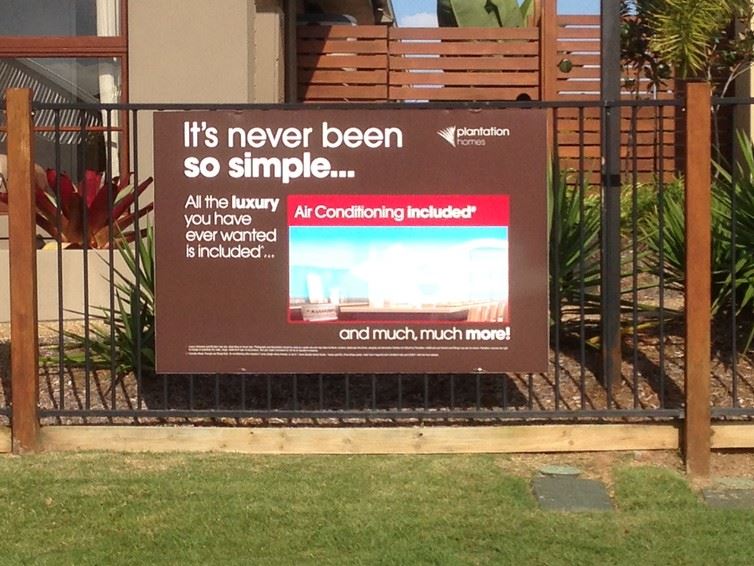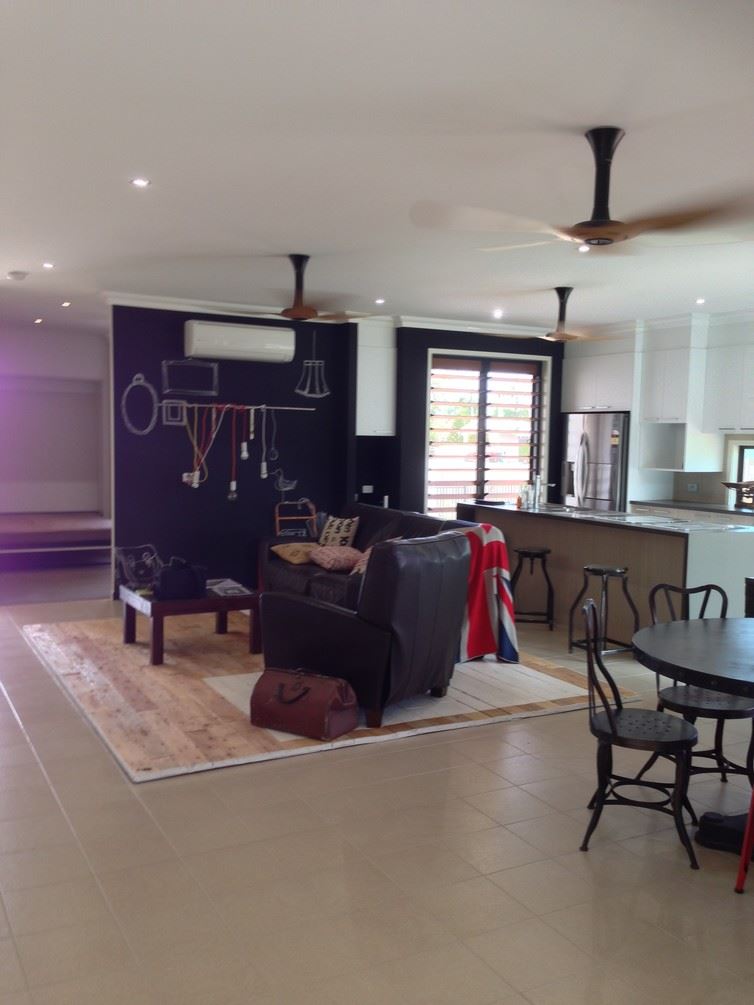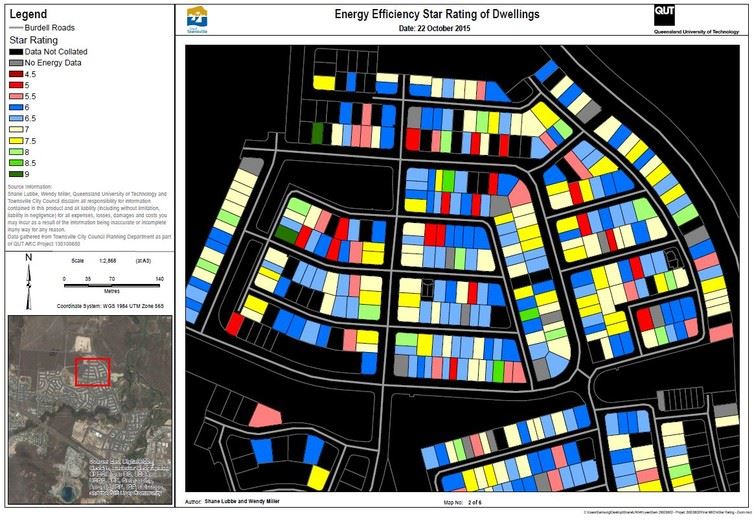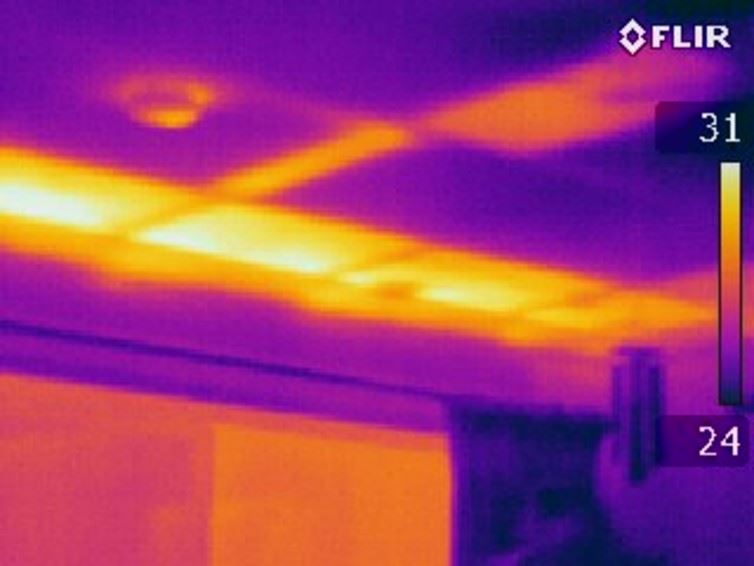Whether you’re a boatie or not, everyone realises the importance of keeping the water on the outside when you go sailing or fishing. The less leaky the boat, the less you have to rely on devices like bilge pumps to stay afloat.
What does this have to do with houses? Well, Australia’s homes are notoriously “leaky” – allowing the uncontrolled flow of heat into and out of the building. Our answer has been to put in more and more pumps, in the form of air conditioning. This is often promoted as a feature, rather than an indication of a poor-quality building!

This creates problems for everyone.
We all know that some houses are hotter than others in heatwaves, and that well insulated and designed homes cost a lot less to operate throughout the year because they don’t rely heavily on air conditioners or heaters to provide comfort.
But did you know that relying on air conditioners to stay cool on hot summer days affects the price of electricity for everyone, all year round?
Pumping heat from one place to another takes a lot of energy, which makes air conditioners particularly power-hungry appliances. The more leaky the house, the more heat needs to be pumped out. On hot days, when lots of aircon units are operating at the same time, this creates a challenge for the electricity infrastructure.
It costs money to build an electricity network that can handle these peaks in demand. This cost is recovered through the electricity unit cost (cents per kilowatt hour). We all pay this cost, in every electricity bill we get; in fact the cost of meeting summer peak demand accounts for about 25% of retail electricity costs. This is more than twice the combined effect of solar feed-in tariffs, the Renewable Energy Target and the erstwhile carbon tax.

This means that people living in houses that are built to handle their local climate are effectively subsiding those who live in poorer-quality buildings and relying solely on the air conditioning to stay cool. Perhaps even less fairly, those who struggle to afford air conditioning and have to cope with overheating are also paying this subsidy via the electricity they do use. All this is because many people still live in leaky, poor-quality buildings.
Does this mean that air conditioners are evil and should never be used? Of course not – there is a role for very efficient air conditioners (heat pumps) in extreme weather events. But it does raise some interesting questions. Can we design and build homes that are great to live in and don’t cost the Earth to run? And, if so, why aren’t these homes the norm, rather than the exception?
You get what you ask for
The good news is that comfortable, quality homes that put minimal strain on the electricity grid are certainly possible. What’s needed is a combination of design that takes account of the local climate, appropriate building materials and quality construction practices. Some homes consume less than a quarter of the energy of their contemporaries in the same climate – it’s just frustrating that they aren’t more common.
In the past, the housing industry would say that it’s simply building the homes that people want – that Australians are mainly interested in size and location, not energy performance. Recent research, however, seems to indicate that the perspectives of real estate agents and other property practitioners could be limiting how, or if, they promote energy efficiency and other sustainability features to potential clients.
Are Australians still mesmerised by the surface bling of granite benchtops, a theatre room, or automatic gadgets? Are we starting to consider weightier issues such as operation costs, resilience and comfort? Or are we waiting until the first heatwave or the first electricity bill to realise just how good or poor our purchase decision was?
Some savvy buyers – before they sign a contract – are starting to ask about insulation, but not the more fundamental questions, like “how hot does this room get?” or “can I afford to run this house?”.
The housing sector seems to assume that if you don’t explicitly ask for something, it is not important to you. They also seem to assume that the building regulations set the standard – despite the fact the building regulations are minimum requirements, not best practice for comfort and value.
Some also actively lobby for lower standards, arguing that energy efficiency has “questionable benefits” and that requiring information to be passed on to consumers is an “unnecessary burden”.
Buyer beware – you’re on your own
What does this mean? When buying a used car or a new phone, it’s relatively easy to get the information you need – and there are quite a few consumer protection laws in place. But when we inspect a home for sale or rent, we can see the number of rooms, test the taps and light switches, and measure how far it is to the shops or school or work, but there is a huge amount we can’t see and are not told.
A real estate agent is not acting in the prospective buyer’s interest (or even necessarily in the seller’s). The seller wants the highest price in the shortest time, and the agent wants the biggest commission for the least effort. And contrary to practices in the European Union, no one is obliged (in most parts of Australia) to tell prospective buyers or renters about the home’s running costs.
There have been successes and failures in state government attempts to ensure that home buyers and renters have access to information about comfort and running costs at the time of purchasing or renting. Queensland’s Sustainability Declaration, introduced in 2010, was very short-lived, with an incoming government declaring it “useless red tape”.
In contrast, the ACT government has required an Energy Efficiency Rating for the sale or rent of residential properties since 1999, with multiple reports showing the benefits to property value and to reduced running costs. New South Wales plans to introduce a voluntary disclosure scheme in 2018, and to make it mandatory in 2020.
These schemes not only make it easier to identify homes that cost less to run, but can also drive demand for energy-efficient renovations and put downward pressure on electricity prices.
The distribution of information about housing in Australia is flawed. Real estate agents, valuers, financiers and electricity industry operators are making decisions based on very little or no information about how the quality of houses impacts on their clients, their business processes and electricity infrastructure investment.
Most importantly, owners and renters are not being informed about the quality of the houses they are buying or renting, and the impacts that particular dwellings will have on their health, comfort and wallets.
What can you do?
So is the housing sector right? Do you care about the quality of the building you live in? What is a sensibly designed and well-constructed house worth to you? What dollar value do you put on your health, safety and comfort? What value is there for your family to able to cope with heatwaves, or to pay off the mortgage sooner because of the money you save on power bills?

You don’t need to wait for government to act. If you are looking at buying or renting a new home or apartment, ask to see the energy certificate for the dwelling. Such a certificate would have been created as part of the building approval process.
It could also be useful to ask for a thermal imaging report and air leakage report. These are tests the builder can have done to prove his quality of construction.

For existing homes, you can ask the seller for a Universal Certificate, or a copy of their energy bills, or evidence of features they have installed to enhance the comfort of the house (such as receipts for insulation or window tinting).
And next time you’re visiting a friend or neighbour with heat radiating from the walls, windows and roof, and the aircon cranked at full blast, enjoy the nice cool air – because you’re helping them pay for it.









